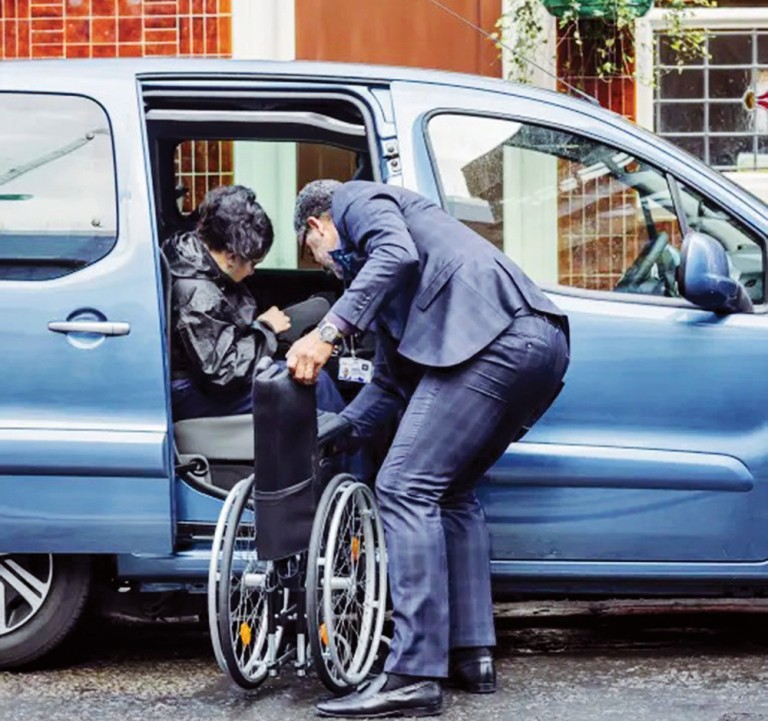By Forum Staff
Mayor Eric Adams and New York City Taxi and Limousine Commission Commissioner David Do on Tuesday announced the newly proposed rules for “Green Rides,” which requires the transition of the city’s rideshare fleet to either zero-emission vehicles or wheelchair accessible vehicles by 2030.
This initiative lays groundwork in creating a cleaner and more accessible transportation system for the five boroughs. The proposed rules will also make the Big Apple the first large city in the world to have a rideshare fleet that is entirely either zero-emissions or wheelchair accessible.
The newly proposed rules provide a comprehensive roadmap for achieving the goals of Green Rides over the next six years, with yearly benchmarks that are practical, implementable, and designed to ensure a smooth and efficient transition. Starting in 2024, the City will require 5 percent of all high-volume for-hire trips, including those with Uber and Lyft, to be dispatched to zero-emission vehicles or wheelchair accessible vehicles — with that benchmark rising to 15 percent in 2025 and 25 percent in 2026. As the market evolves and electric vehicle prices become more affordable, the requirements will increase yearly by 20 percentage points until the end of the decade, reaching 100 percent in 2030.
This transition will play a major role in advancing PlaNYC, New York City’s long-term strategic climate plan that highlights efforts the city is taking to protect New Yorkers from climate threats, improve quality of life, and build the green economy. In the plan, the Adams administration lays out actions the city is taking to achieve its goal to cut transportation emissions in half by 2030. According to a TLC study, the agency’s licensed vehicles currently contribute to approximately 4 percent of the City’s vehicle emissions.
Along with Green Rides, the city is working as part of PlaNYC to ensure that every New Yorker lives within 2.5 miles of an electric vehicle charging station by 2035 and electrify school buses and the city’s fleet, while pursuing legislative changes to require that private parking garages and lots make electric vehicle charging available. Both Uber and Lyft, which together comprise city’s high-volume for-hire fleet of approximately 78,000 vehicles, have committed to transitioning to a greener fleet by 2030.
Existing federal and state incentives are expected to encourage purchases of electric vehicles and drive the market towards price parity between zero-emission vehicles and internal combustion engine vehicles by 2027. Additionally, State regulations dictate that all new passenger cars, pickup trucks, and SUVs sold in the state to be zero-emission by 2035. These financial and legal forces, along with a proven demand for TLC vehicle licenses, will help rideshare drivers shift towards cleaner and more sustainable transportation options.
This policy sets a gold standard for innovation, paving the way for other cities across the country to follow suit,” said City Councilman Jim Gennaro (D-Hillcrest), chairman of the Council Committee on Environmental Protection. “By steering our high-volume for-hire fleet towards zero emissions, we not only redefine urban mobility, but also reaffirm our commitment to a greener, more sustainable New York City.”
A public hearing on the proposed rules is scheduled for Sept. 20.

